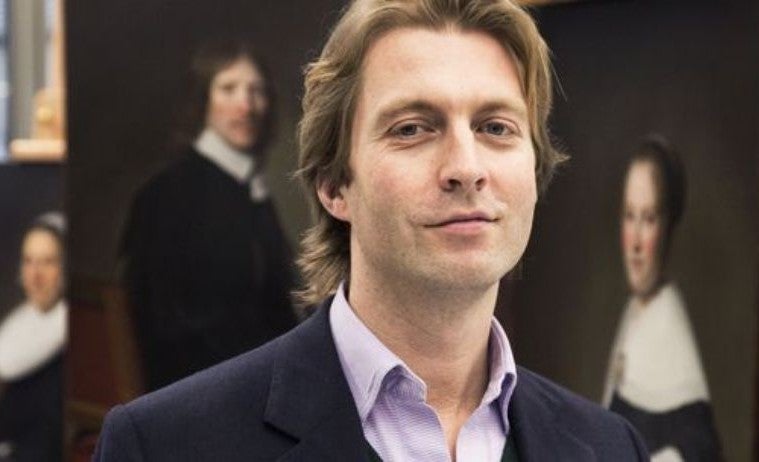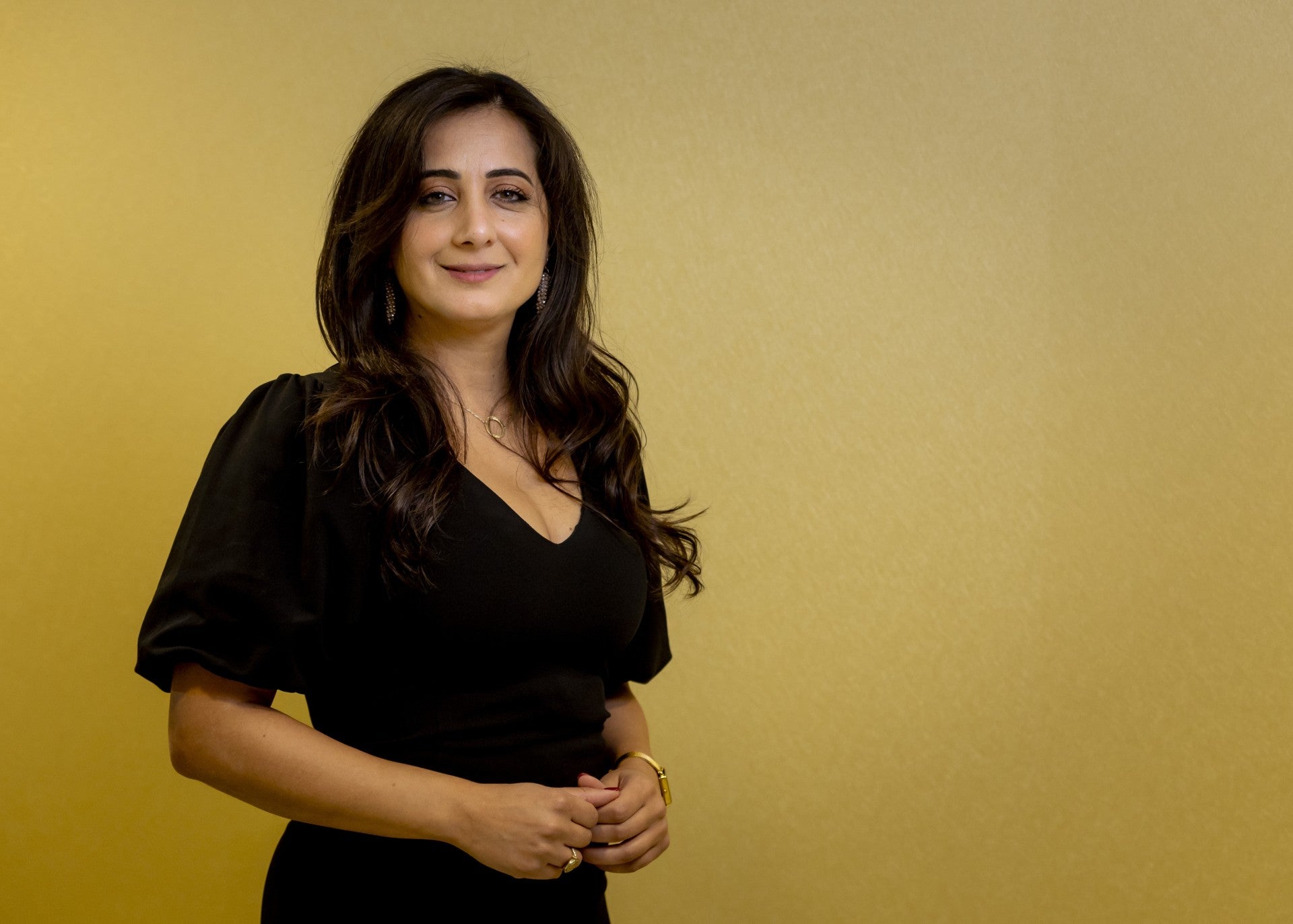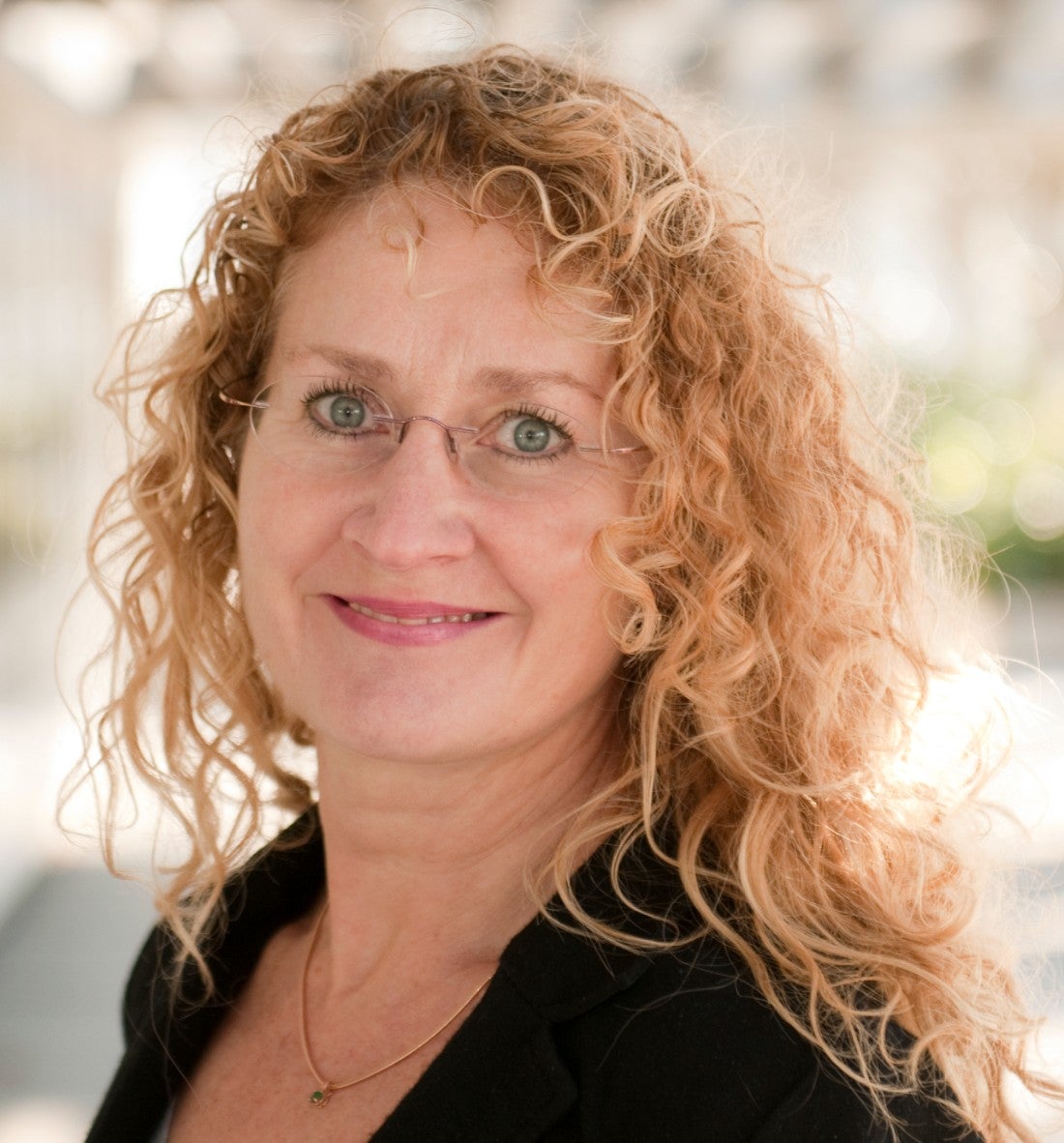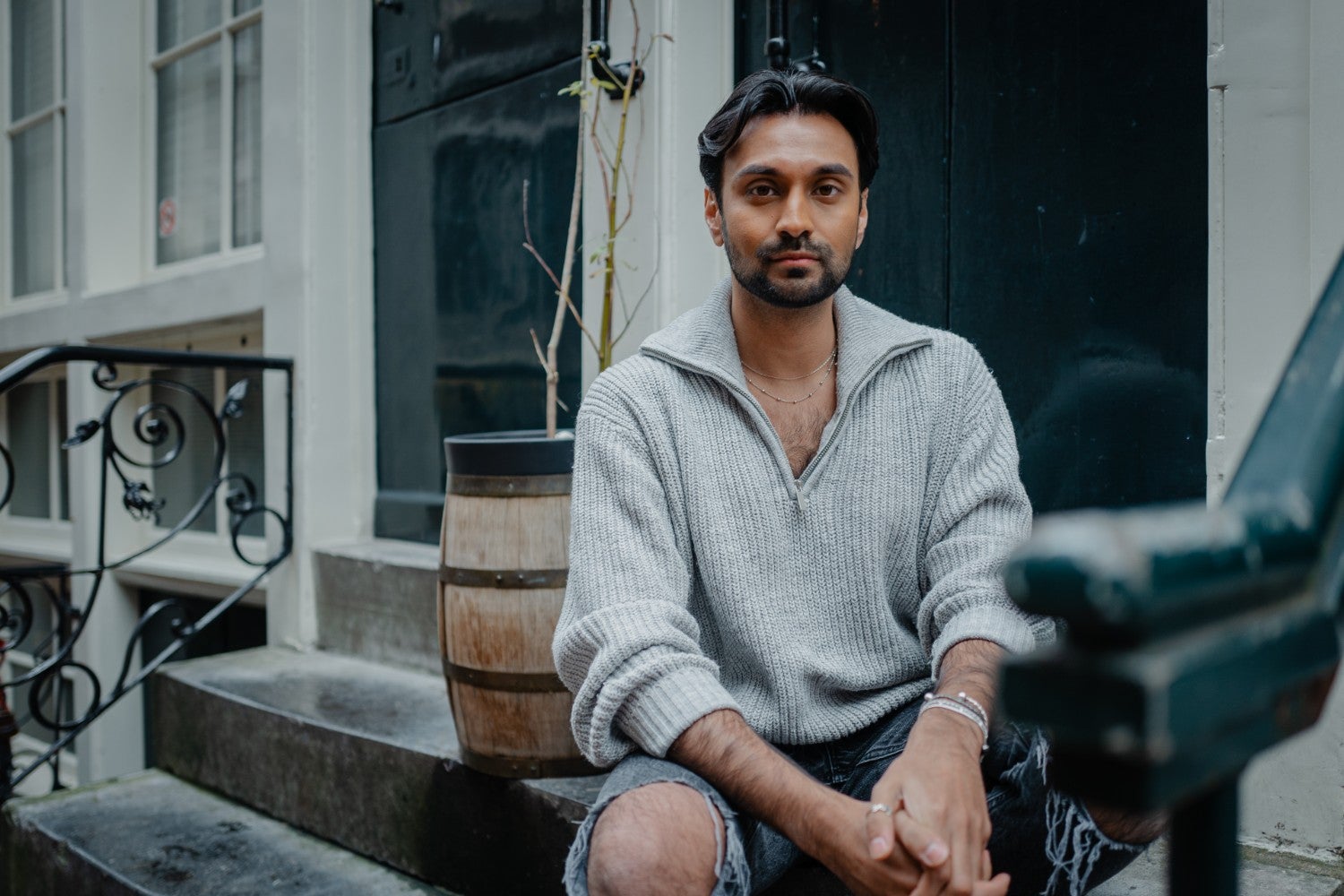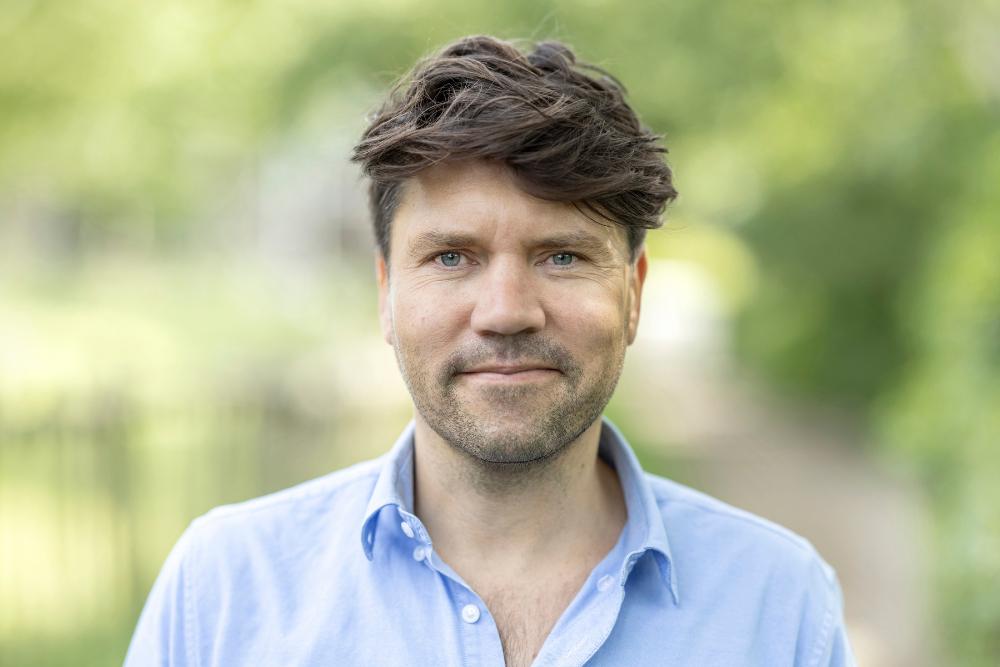Taco Dibbits traded Christie’s auction house in London for the Rijksmuseum because of the visitors. ‘I noticed that I had something like a calling.’
What do you enjoy most about art? “I always ask myself: how did they do it? How is a work of art created, and in which context? The better the art, the fewer rules there are, so the more difficult it is to say how they did it. Take the Rijksmuseum’s self-portrait by young Rembrandt. He leaves the most important part of his face – his eyes – in the shadow. That had never before been seen in art. So how did he decide to do that? Did he produce preliminary studies? How did he achieve that sense of illusion? That always fascinated me: what are the factors that determine the work’s final form.”
How did you decide to study Art History? “I had considered Industrial Design, but that was too technical for me. When I left secondary school at 17, I took a year to see what options the world had to offer. I went to Italy to learn Italian, and I discovered early Italian painting. When I came back, I spent three months working as a volunteer at Teylers Museum. After that, I knew: Art History is the study programme for me.
“Next, I took the time to explore my options. The Vrije Universiteit had an inspiring group of lecturers, like Erik de Jong, who was very interested in garden architecture. He woke my interest for the way people use art. Paul van den Akker made me enthusiastic about a painting’s design process. They encouraged you to go outside the university and take courses at the UvA, or to study abroad.”
‘In this profession, international experience is essential. Spending some time in Italy is still a must’
You spent some time in Cambridge and in Italy. Would you recommend that to today’s students? “Yes. In this profession, international experience is essential. Spending some time in Italy is still a must, because that’s where Western art was born. But you also learn how to work in the international culture that is becoming the norm in Europe.
“The people I meet during my travels on behalf of the Rijksmuseum are the same people I met during my studies. We hire lots of Germans, Italians, Greeks – and they are almost always people who gained some experience abroad during their studies. So you absolutely have to spend a year abroad.”
What other advice do you have for Art History students? “Specialise in one discipline. That gives you a huge tool chest for the future. When I need a glass curator for the museum, then I’d rather have a good specialist in silver than a generalist who knows a little bit of everything and also about glass. Because I know that a specialist can always re-train in another specialist field. He or she has proven that they have the perseverance, the pit-bull mentality that you need to get to the bottom of things. Interdisciplinary research is important, because it produces innovation, but that only works if you have already mastered a single discipline.”
Your move from Christie’s in London to the Rijksmuseum was a step backwards financially. So why did you do it? “At Christie’s, I realised that I could drive hard bargains for paintings and that I had a good sense of the market. It was a good apprenticeship, especially for learning to recognise quality. At an auction house, you see thousands of paintings come by per year, but only a few are good enough to sell at auction. When the auction is over, the works that you’ve learned to love simply disappear into private collections. I noticed that I had something like a calling. In a museum, you make important and beautiful things available to the public. That gives a huge sense of satisfaction.”
‘The Internet is ideal for ensuring that the works in the Rijksmuseum can enter people’s homes all over the world’
Is your work as exciting as it was at Christie’s? “Acquiring art is always exciting. Before you start bidding, you think: I’ll bid up to a certain ceiling. But at Christie’s the sale is the end of the experience; at a museum, it’s only the beginning. When we make an acquisition, that kicks off a period of centuries that the work will be housed here – hopefully for eternity!
“A museum is like an auction house in that you have to have a passion for art and a sense of curiosity about people: the people from whom you buy the art, the people you work with and the public at large. The public often comes in without expectations, for example because the travel guide they’re carrying says that you have to have visited the Rijksmuseum. You have to know why they come and constantly think of ways to serve them, because that changes with every generation.
“The best thing about my work is to walk around here and watch thousands of people enjoying what you and your staff have put together. How they understand it and are interested in it. I go and look at the people often.”
With its new, extremely interactive website, the Rijksmuseum immediately won the title of Company of the Year at the presentation of the Dutch Interactive Awards. Was that your idea? “Yes, I had a fairly abstract idea of what I wanted, inspired by apps that are popular due to their simplicity. The designers took that and ran with it. Simplicity is very important. On the site, you gradually gain a deeper knowledge of the collection by making choices. You can also ‘touch’ the images of the paintings and other works of art, which is something you definitely can’t do in the museum! The Internet is ideal for ensuring that the works in the Rijksmuseum can enter people’s homes all over the world. Of course, nothing compares to the sensation of standing eye-to-eye with a painting from the 17th century, but the power of the images on the screen is an important step towards visiting the original.”
CV BLOK

